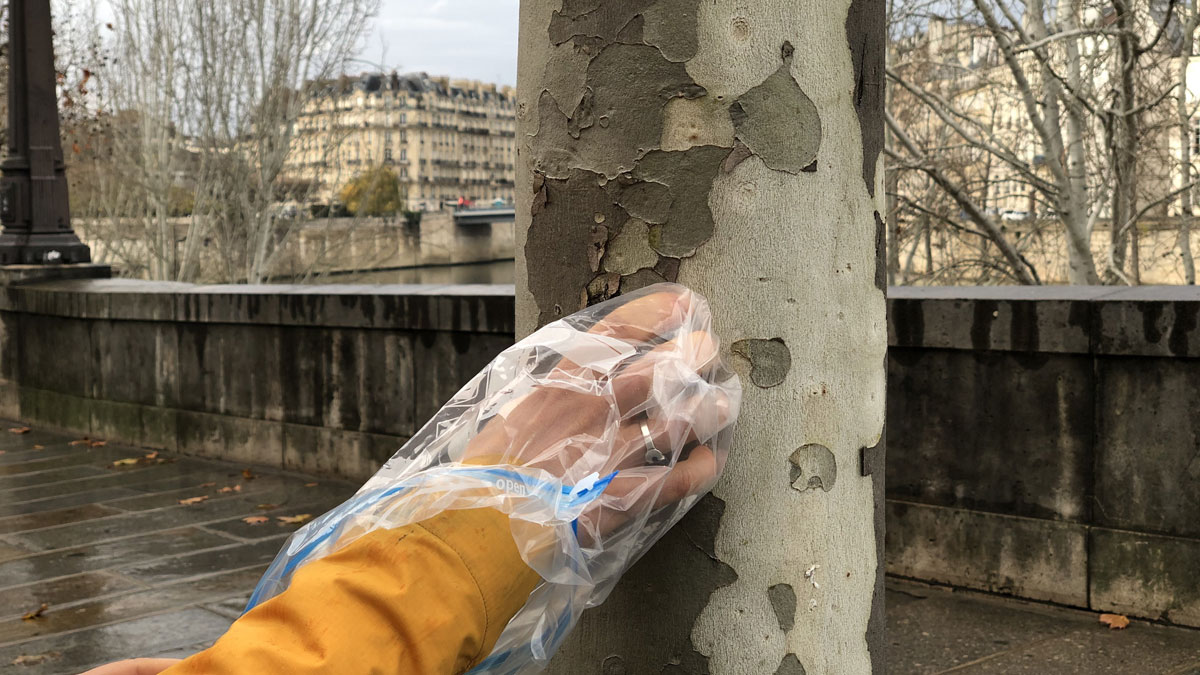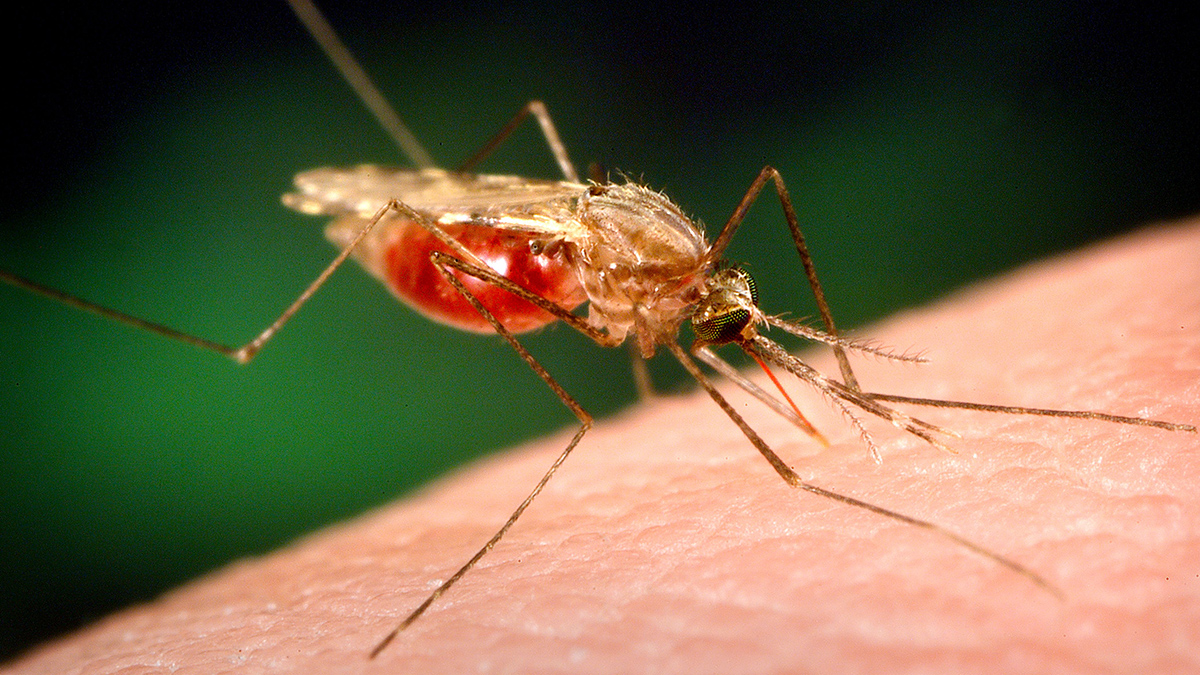Participants in the Ecorc’Air project are using magnetic particles deposited on tree bark to reveal local traffic pollution patterns.
public health
Das Oktoberfest—viel Bierzeltdunst und Methan
Unvollständige Verbrennung und biogene Emissionen—Atemausstoß und Flatulenz—machen das Oktoberfest zu einer starken, wenn auch zeitlich begrenzten Quelle des potenten Treibhausgases.
The Role of Community Conversation in Improving Air Quality
Collaboration between academic researchers and environmental justice organizations is key to mitigating emissions.
La transmisión de la malaria en África varía con el clima y la hidrología
Los datos sobre las precipitaciones por sí solos no pueden predecir dónde puede aparecer la malaria. Si se tienen en cuenta los procesos hidrológicos, los investigadores pueden hacerse una imagen más precisa de la transmisión.
Thanh Huong “Helen” Nguyen: Chasing Down Pathogens
An environmental engineer addresses some of public health’s biggest problems.
Mosquitoes Without Borders
Using regional systems based on ecology, not geopolitical boundaries, can give scientists a better picture of the potential spread of West Nile virus.
Water Scarcity Likely to Increase in the Coming Decades
Hydrological modeling suggests that by 2100 more than 65% of the world’s population might, at least sporadically, lack access to clean water.
Toxic Ethylene Oxide May Exceed Safe Levels in Cancer Alley
Concentrations of the cancer-causing chemical far surpass EPA threshold levels for safety in southeastern Louisiana.
“How Did We Miss This for So Long?” The Link Between Extreme Heat and Preterm Birth
Heat waves are making pregnancy more dangerous and exacerbating existing maternal health disparities.
Malaria Transmission in Africa Shifts with the Climate—and Hydrology
Rainfall data alone can’t predict where malaria may pop up. Factoring in hydrological processes helps researchers paint a more nuanced picture of transmission.










